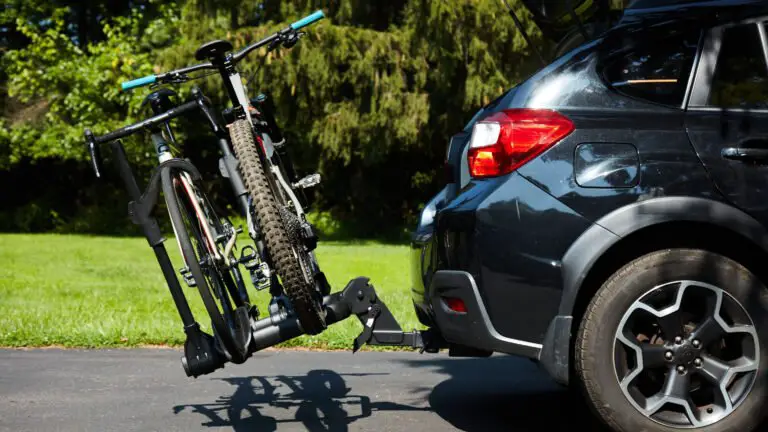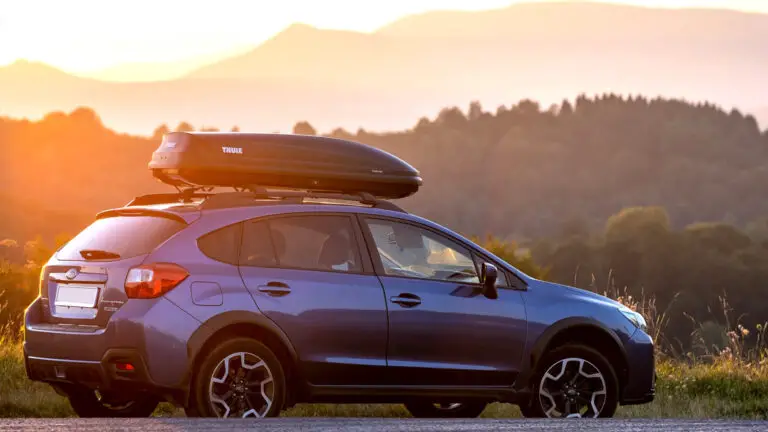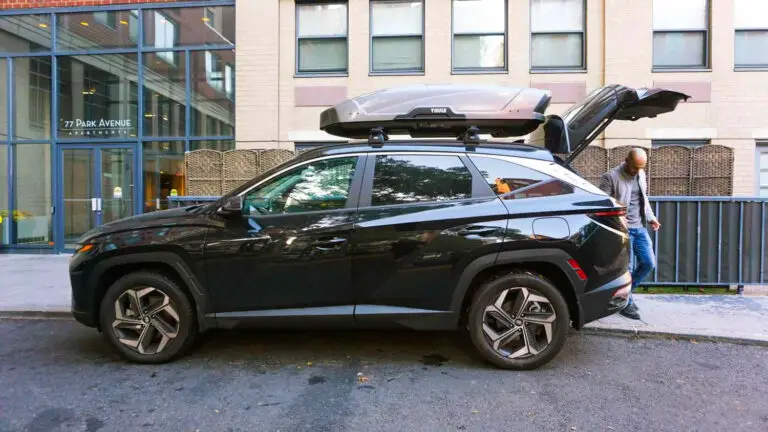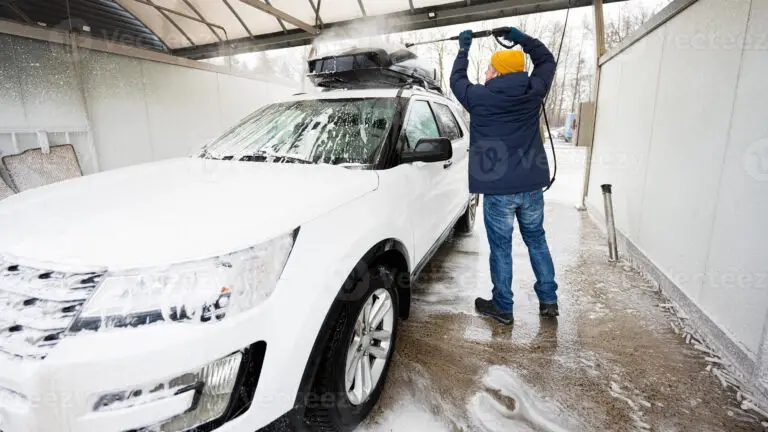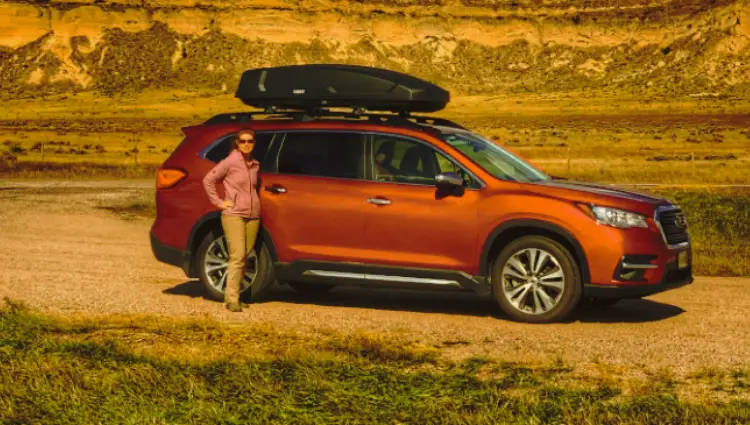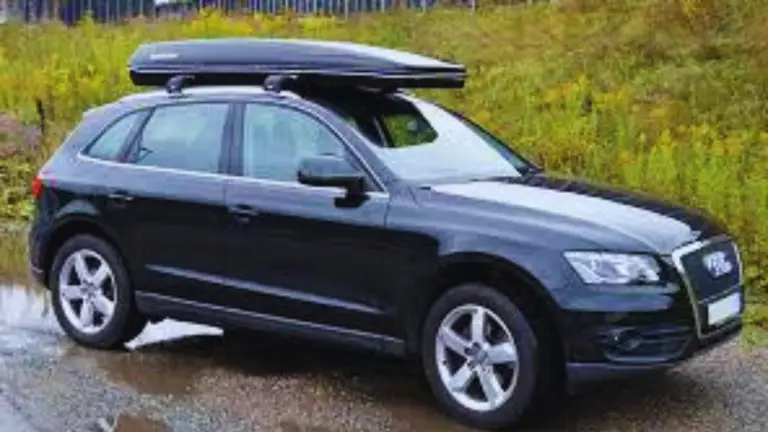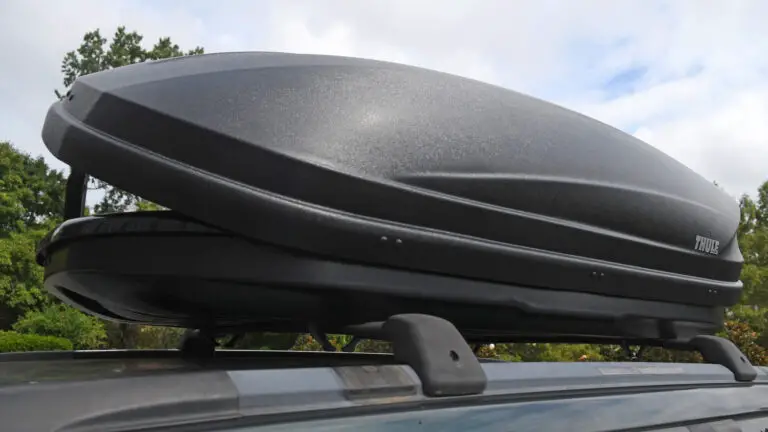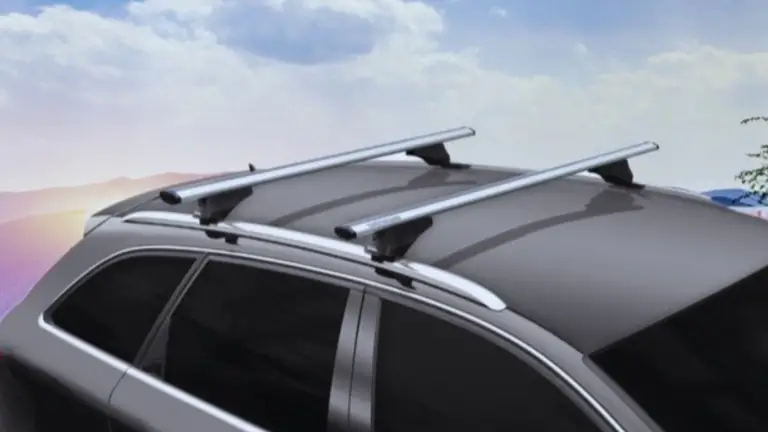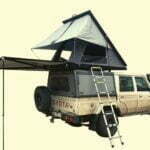If you’re looking for a solution on Thule bike rack problems you’ve come to the right place. In this blog post, we’ll discuss some of the most common problems associated with these racks and how to avoid them.
Thule bike racks are renowned for their quality and functionality. However, like any mechanical device, they can encounter certain problems that can hinder the overall experience for users. This article aims to explore the various issues associated with Thule bike racks and provide practical solutions to overcome them.
Common Issues
Thule bike racks are known for their durability and reliability, but some common issues may arise. Understanding these problems can help users be better prepared and address them effectively when they occur. Here are some of the most common problems encountered with Thule bike racks:
1. Rust and Corrosion
Thule bike racks are often exposed to harsh weather conditions and road debris, leading to potential rust and corrosion. Over time, this can affect the rack’s structural integrity and compromise its performance. Regular maintenance and protective measures can mitigate this issue.
2. Loose or Damaged Straps
Frequent use and wear can cause straps to become loose or damaged. This can result in inadequate support for bikes, leading to potential accidents or damage during transportation. Regularly inspecting and replacing worn-out straps is essential for safe and secure bike transportation.
3. Difficulty in Loading and Unloading Bikes
Some users may find it challenging to load and unload bikes onto Thule racks, especially if they are heavy or have an unconventional frame design. Understanding the proper loading techniques and utilizing accessories, such as bike adapters, can simplify this process.
4. Noise and Vibration
During transportation, Thule bike racks may generate noise and vibration, causing inconvenience and discomfort. Proper installation and the use of anti-rattle devices can help minimize these disturbances and ensure a quieter ride.
4. Limited Capacity
Thule bike racks come in various models with different weight capacities. Exceeding the recommended weight limit can lead to rack failure and potential damage to bikes. Understanding the rack’s capacity and distributing the weight evenly is crucial to avoid this problem.
Compatibility Problems
One of the significant concerns for Thule bike rack users is compatibility with their specific vehicles and bikes. Understanding the potential compatibility problems can help users choose the right rack and make necessary adjustments for a seamless fit.
1. Vehicle Fitment Issues
Certain vehicles may have unique features, such as spoilers or spare tire mounts, that can pose challenges in finding a suitable Thule bike rack. Thoroughly researching vehicle compatibility and utilizing fitment guides provided by Thule can help users select the right rack model.
2. Bike Frame Compatibility
Different bike frame designs, such as full-suspension or women’s step-through frames, may require additional accessories or modifications for proper attachment to Thule racks. Understanding the compatibility requirements and using appropriate adapters or frame holders is essential to ensure a secure fit.
3. Incompatible Accessories
Thule offers various accessories, such as ski holders or cargo carriers, that can enhance the versatility of bike racks. However, some accessories may not be compatible with certain rack models or vehicle setups. Checking compatibility charts and consulting Thule experts can help users make informed decisions.
Installation Problems
The installation process of Thule bike racks plays a crucial role in their overall performance and security. However, some users may encounter challenges during installation. Understanding the common installation problems and following best practices can ensure a successful and hassle-free setup.
1. Incorrect Mounting
Improper mounting of the bike rack can compromise its stability and safety. Following the manufacturer’s instructions, utilizing vehicle-specific fit kits, and double-checking the tightness of mounting components can help prevent this issue.
2. Alignment and Adjustment
Ensuring proper alignment and adjustment of the rack is essential for optimal performance. Misaligned or poorly adjusted racks may not securely hold bikes or cause unnecessary stress on the vehicle. Taking the time to adjust the rack correctly can make a significant difference.
3. Lack of Tools or Expertise
Some users may lack the necessary tools or experience to install Thule bike racks correctly. Seeking professional assistance or referring to detailed installation videos and guides can help overcome this problem and ensure a safe and secure installation.
Stability Concerns
The stability of Thule bike racks is of utmost importance to ensure the safety of bikes during transportation. Addressing potential stability concerns can help users have peace of mind while on the road.
1. Rack Sway and Movement
Bike racks that sway or move excessively during transit can cause discomfort and potential damage to bikes. Ensuring proper installation, tightening all connections, and using additional stability accessories, such as anti-sway cages, can enhance the stability of Thule racks.
2. Wind Resistance
Strong winds can affect the stability of Thule bike racks, especially when carrying multiple bikes. Understanding wind resistance principles, adjusting driving speeds, and securing bikes tightly can help minimize the impact of wind on rack stability.
3. Vibration Damping
Vibrations from the road can affect the stability of bikes and racks. Utilizing features like shock-absorbing cradles or anti-vibration pads can reduce the impact of road vibrations and enhance overall stability during transportation.
Security Problems
Thule bike racks play a vital role in keeping bikes secure while on the move. However, certain security issues can arise, compromising the safety of the bikes. Understanding these problems and implementing appropriate measures can enhance the security of Thule racks.
1. Locking Mechanism Concerns
The locking mechanism of Thule bike racks may experience wear or malfunction over time, potentially jeopardizing bike security. Regularly inspecting and maintaining the locking system, as well as using additional cable locks or bike-specific locks, can provide added security.
2. Vulnerability to Theft
Bike theft is a significant concern, and Thule racks may become targets for thieves. Using additional security measures, such as locking bikes to the rack and parking in well-lit areas, can deter theft attempts and provide peace of mind.
3. Tampering and Damage
Thule racks can be subject to tampering or vandalism, which can result in damage to the rack or bikes. Being vigilant and reporting any suspicious activity, as well as utilizing security features like lockable knobs or hidden mounting bolts, can minimize the risk of tampering and damage.
Maintenance Difficulties
Proper maintenance of Thule bike racks is crucial to ensure their longevity and optimal performance. However, some users may encounter difficulties in maintaining their racks. Understanding the common maintenance challenges and adopting a regular maintenance routine can extend the life of Thule racks.
1. Cleaning and Rust Prevention
Thule racks require regular cleaning to remove dirt, road grime, and salt residue. Additionally, applying rust-prevention products or protective coatings can safeguard the racks from corrosion. Following recommended cleaning and maintenance practices provided by Thule can help users overcome these challenges.
2. Replacement Parts Availability
Over time, certain components of Thule bike racks may wear out or require replacement. Ensuring the availability of replacement parts and contacting Thule customer support or authorized dealers can help users find the necessary components and maintain their racks effectively.
Customer Reviews
Real-life experiences shared by customers can provide valuable insights into the performance and challenges of Thule bike racks. Here are some excerpts from customer reviews:
- “I’ve been using a Thule bike rack for years, and it has been incredibly reliable. However, I did notice some rusting on the frame after a few years of use.” – John D.
- “The installation process was straightforward, but I experienced some stability issues when driving at high speeds. Adding anti-sway cages solved the problem.” – Sarah M.
- “I love my Thule bike rack, but the locking mechanism started to malfunction after a while. Thule customer support was excellent in helping me resolve the issue.” – David T.
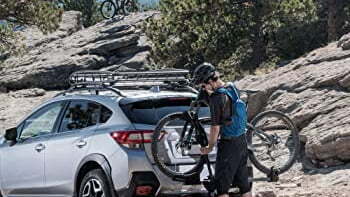
Troubleshooting Tips
To address common Thule bike rack problems, here are some troubleshooting tips and solutions:
- Problem: Rust and Corrosion
- Solution: Regularly clean the rack and apply rust-prevention products to protect against corrosion.
- Problem: Loose or Damaged Straps
- Solution: Inspect and replace worn-out straps to ensure secure bike attachment.
- Problem: Difficulty in Loading and Unloading Bikes
- Solution: Learn proper loading techniques and use bike adapters or frame holders for unconventional bike designs.
- Problem: Rack Sway and Movement
- Solution: Tighten all connections and consider using anti-sway cages to enhance stability.
- Problem: Locking Mechanism Concerns
- Solution: Maintain the locking system and use additional cable locks for added security.
Thule Bike Rack Problems: FAQ
Q. Can Thule bike racks fit all types of vehicles?
Thule bike racks come in various models designed to fit different types of vehicles. However, it’s essential to check compatibility guides or consult Thule experts to ensure a proper fit.
Q. How do I secure my bike to a Thule rack?
Thule bike racks typically have built-in features for securing bikes. Additionally, using cable locks or bike-specific locks can provide added security against theft.
Q. What should I do if my Thule bike rack starts rusting?
If you notice rust on your
Thule bike rack, clean the affected area thoroughly and apply rust-prevention products or protective coatings to prevent further corrosion.
Q. Can I use Thule bike racks for mountain bikes with full suspension?
Yes, Thule offers accessories like frame adapters or holders that allow for secure attachment of mountain bikes with full suspension or unconventional frame designs.
Q. How often should I perform maintenance on my Thule bike rack?
Regular maintenance, including cleaning, lubrication, and inspection of components, should be performed at least once a year or as needed to ensure optimal performance.
Thule Bike Rack Problems Final Thoughts
Thule bike racks provide convenient and secure transportation for bikes. While they are known for their quality, it’s important to be aware of the potential problems and challenges that may arise. By understanding and addressing issues related to compatibility, installation, stability, security, and maintenance, users can enjoy a seamless biking experience with Thule racks.
